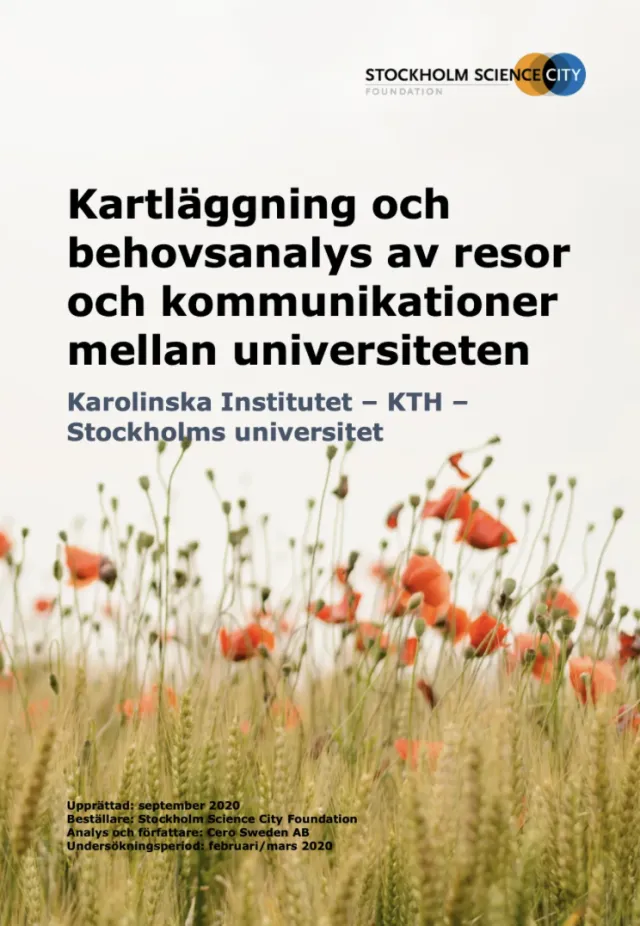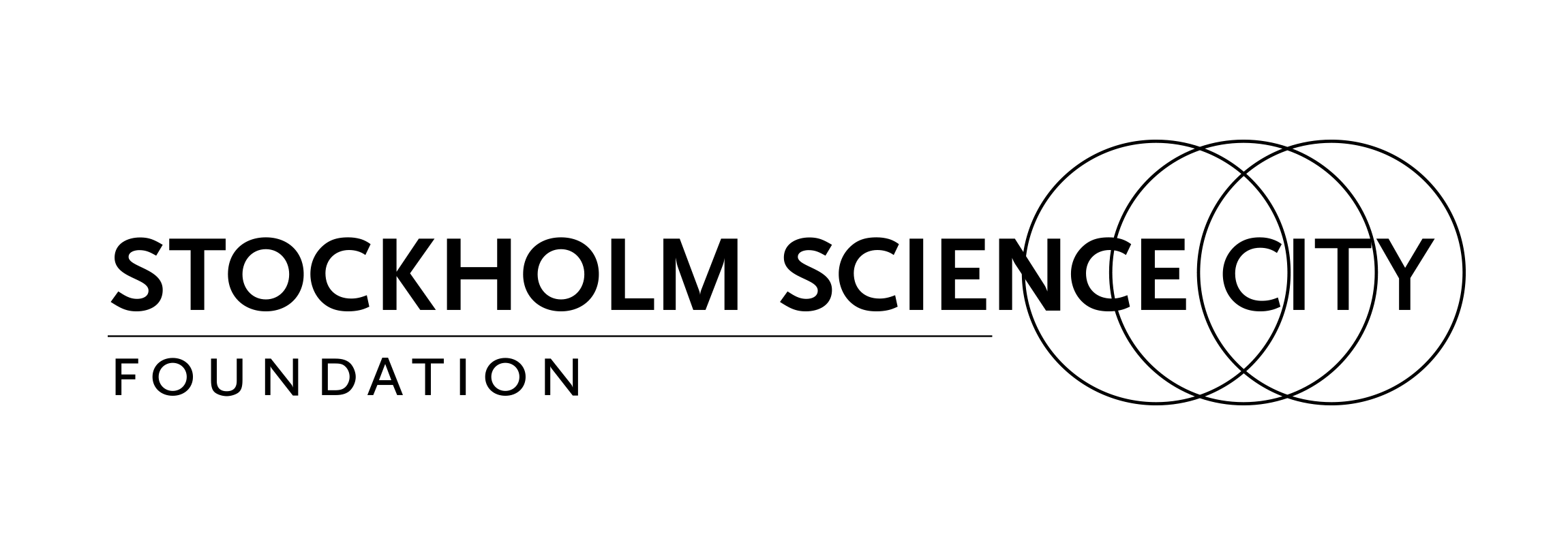Mapping and Needs Analysis of Travel and Communication Between the Universities

Summary
Karolinska Institutet, KTH, and Stockholm University are all strong institutions within their respective fields. Together, the three universities form a comprehensive academic environment that holds up well in international comparisons. In 2019, the universities formed the Stockholm Trio University Alliance to deepen collaboration in education, research, and outreach. This long-term, strategic partnership increases the need for simple, time-efficient, and accessible transport and communication links between the universities for both students and staff.
To gain a better understanding of the current situation and future needs, a survey-based study was conducted between February and March 2020, targeting employees and students at the three universities. Today, the various university campuses are geographically dispersed, which poses a challenge in itself. This study focused on the central campus areas to better understand the travel patterns between those university locations that are geographically close to one another.
The analysis of the 4,406 responses clearly shows that communication between Karolinska Institutet (KI), KTH, and Stockholm University (SU) is perceived as inadequate and needs to be improved to meet the growing demands for interaction and collaboration between the three institutions. Specifically, between KI and SU, as well as between KI and KTH, new public transport connections are considered most important for improving campus-area communication. Respondents call for increased bus frequency and direct bus routes between campuses, which would significantly reduce travel time. Many also express concerns about buses not running on schedule and often being overcrowded. AlbaNova is perceived as particularly isolated, with current public transport options being uncompetitive with other modes of transport.
Between KTH and SU, there are also calls for improved public transport, but the most frequently mentioned need is for better and safer pedestrian and cycling paths. Cycle lanes are considered too narrow, unsafe, poorly lit, and too close to car traffic. There is also potential to increase the share of cyclists by providing safer bike parking and better access to changing rooms with lockers. Several respondents also express a desire for service bicycles and bike-sharing systems to make cycling both within and between campuses more convenient.
In summary, the comments received show a wide range of suggestions regarding walking and cycling infrastructure between and within the universities, as well as various aspects of current public transport and potential improvements. This report analyzes and compiles the findings to serve as a basis for continued dialogue.



